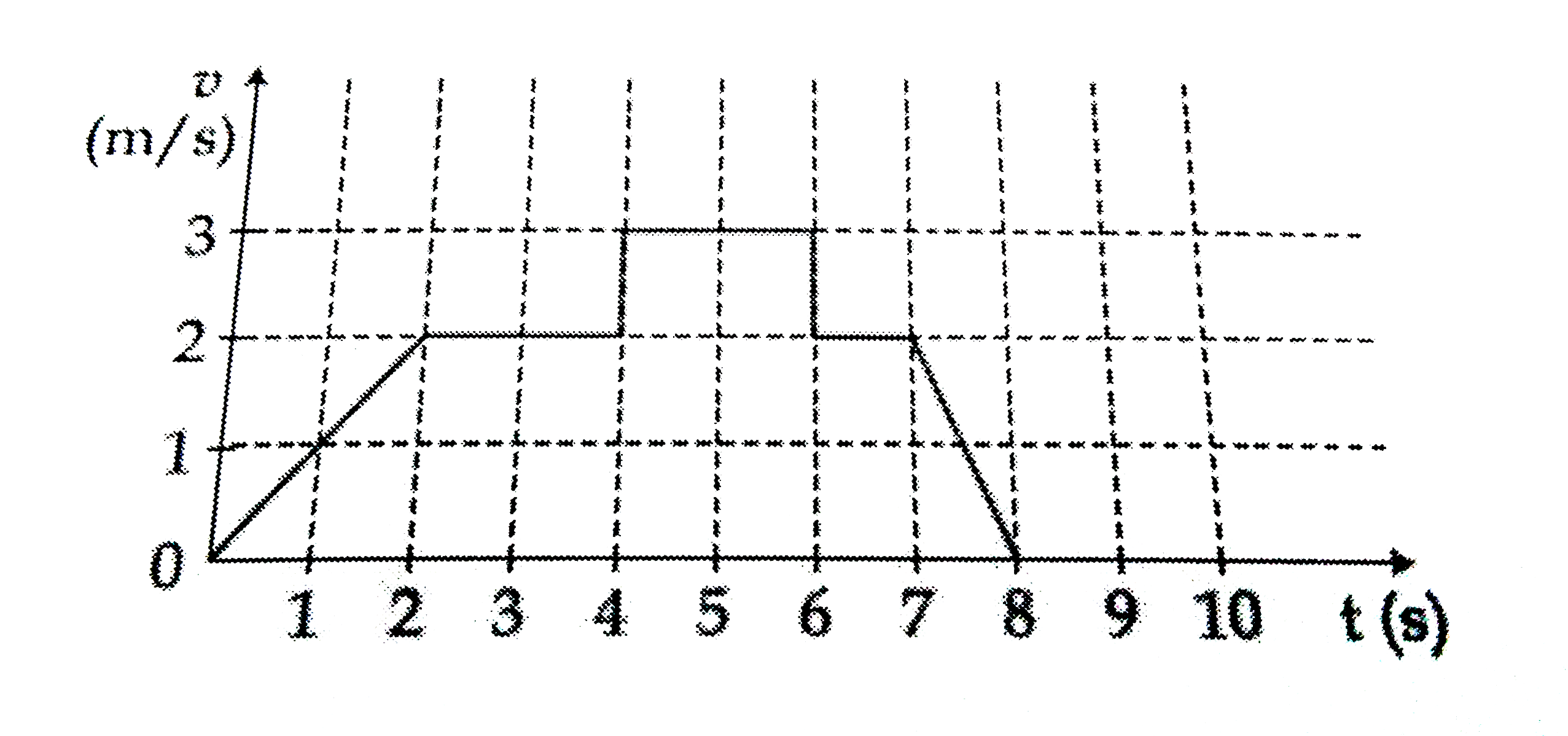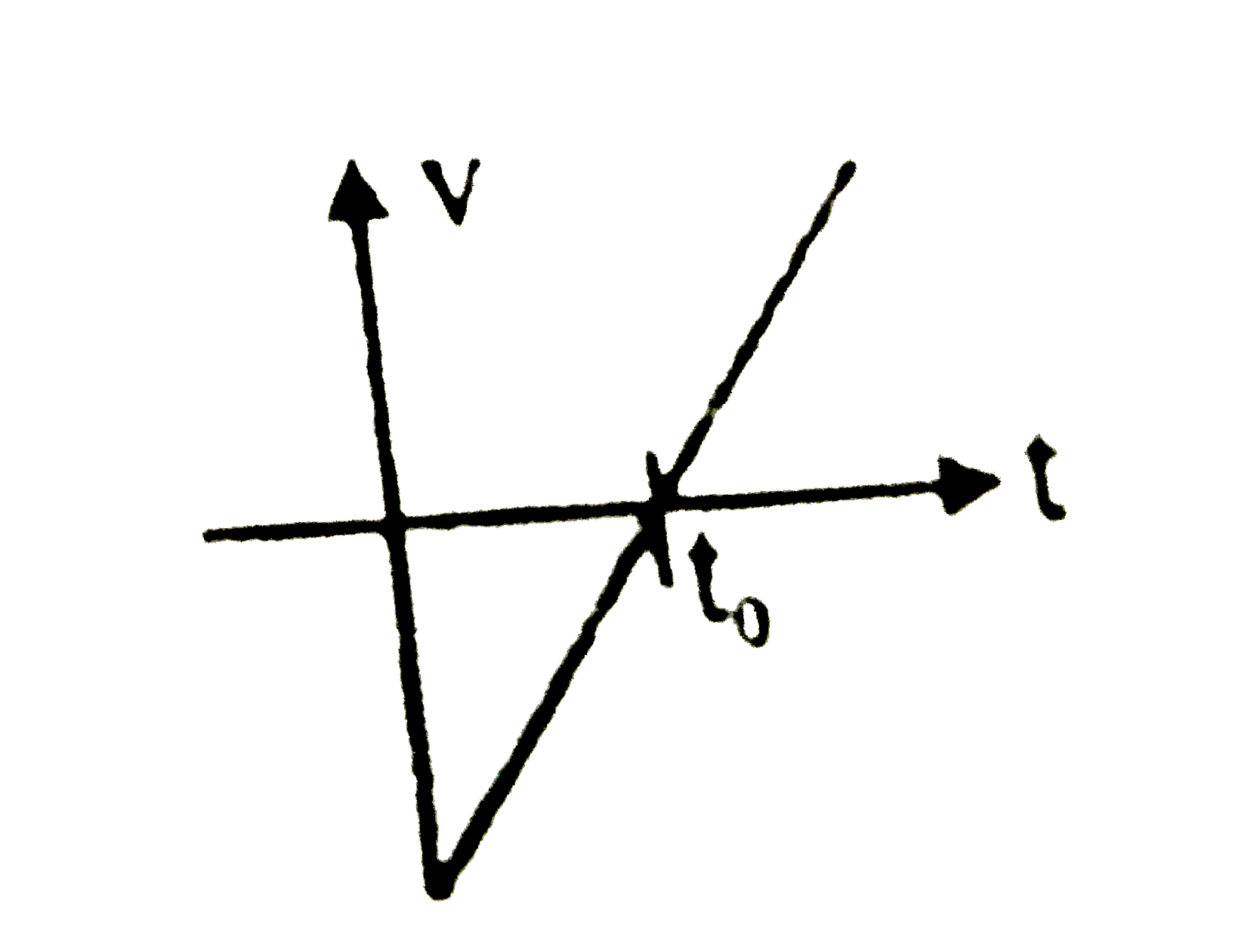A paricle starting from the origin (0,0) moves in a straight line in (x,y) plane. Its coordinates at a later time are (√3,3). The path of the particle makes with the x-axis an angle of
30∘
45∘
60∘
0∘
The correct Answer is:C
To solve the problem of finding the angle that the path of the particle makes with the x-axis, we can follow these steps:
Step 1: Identify the coordinates of the particle
The particle starts from the origin (0,0) and moves to the coordinates (√3,3).
Step 2: Determine the change in coordinates
The change in the x-coordinate is √3−0=√3 and the change in the y-coordinate is 3−0=3.
Step 3: Use the tangent function to find the angle
The angle θ that the path makes with the x-axis can be found using the tangent function:
tan(θ)=oppositeadjacent=yx=3√3
Step 4: Simplify the expression
Now, simplify 3√3:
tan(θ)=3√3=√3
Step 5: Find the angle using the inverse tangent function
To find θ, we take the arctangent (inverse tangent) of √3:
θ=tan−1(√3)
Step 6: Determine the angle in degrees
From trigonometric values, we know that:
tan(60∘)=√3
Thus,
θ=60∘
Conclusion
The angle that the path of the particle makes with the x-axis is 60∘.
---
The particle starts from the origin (0,0) and moves to the coordinates (√3,3).
The change in the x-coordinate is √3−0=√3 and the change in the y-coordinate is 3−0=3.
The angle θ that the path makes with the x-axis can be found using the tangent function:
tan(θ)=oppositeadjacent=yx=3√3
Now, simplify 3√3:
tan(θ)=3√3=√3
To find θ, we take the arctangent (inverse tangent) of √3:
θ=tan−1(√3)
From trigonometric values, we know that:
tan(60∘)=√3
Thus,
θ=60∘
The angle that the path of the particle makes with the x-axis is 60∘.
Topper's Solved these Questions
Similar Questions
A particle moves along the straight line y=3x+5. Which coordinate changes at faster rate?
View SolutionA particle starts from rest at time t=0 and moves on a straight line with acceleration as plotted in fig. The speed of the particle will be maximum after time.
 View Solution
View SolutionA particle starts from origin and moves on a straight line path with an acceleration proportional to square of its displacement.Kinetic energy during displacement x will be
View SolutionFor the straight line √3y−3x=3, find the intercepts on the x-axis and y-axis.
View SolutionA particle starts from the origin at t = 0 s with a velocity of 10.0ˆj m/s and moves in plane with a constant acceleration of (8ˆi+2ˆj)ms−2. The y-coordinate of the particle in 2 sec is
View SolutionA particle starts from the origin at time t = 0 and moves along the positive x-axis. The graph of velocity with respect to time is shown in figure. What is the position of the particle at time t = 5s ?
 View Solution
View SolutionA particle moves in the x-y plane. It x and y coordinates vary with time t according to equations x=t2+2t and y=2t. Possible shape of path followed by the particle is
View SolutionA particle starts from the origin of coordinates at time t=0 and moves in the xy plane with a constant acceleration α in the y-direction. Its equation of motion is y=βx2. Its velocity component in the x-directon is
View SolutionA particle starts from the origin of coordinates at time t = 0 and moves in the xy plane with a constant acceleration α in the y-direction. Its equation of motion is y=βx2. Its velocity component in the x-direction is
View SolutionThe velocity time graph of a particle moving in a straight line is given line is given in the figure. Then starting from t=0, the particle
 View Solution
View Solution

